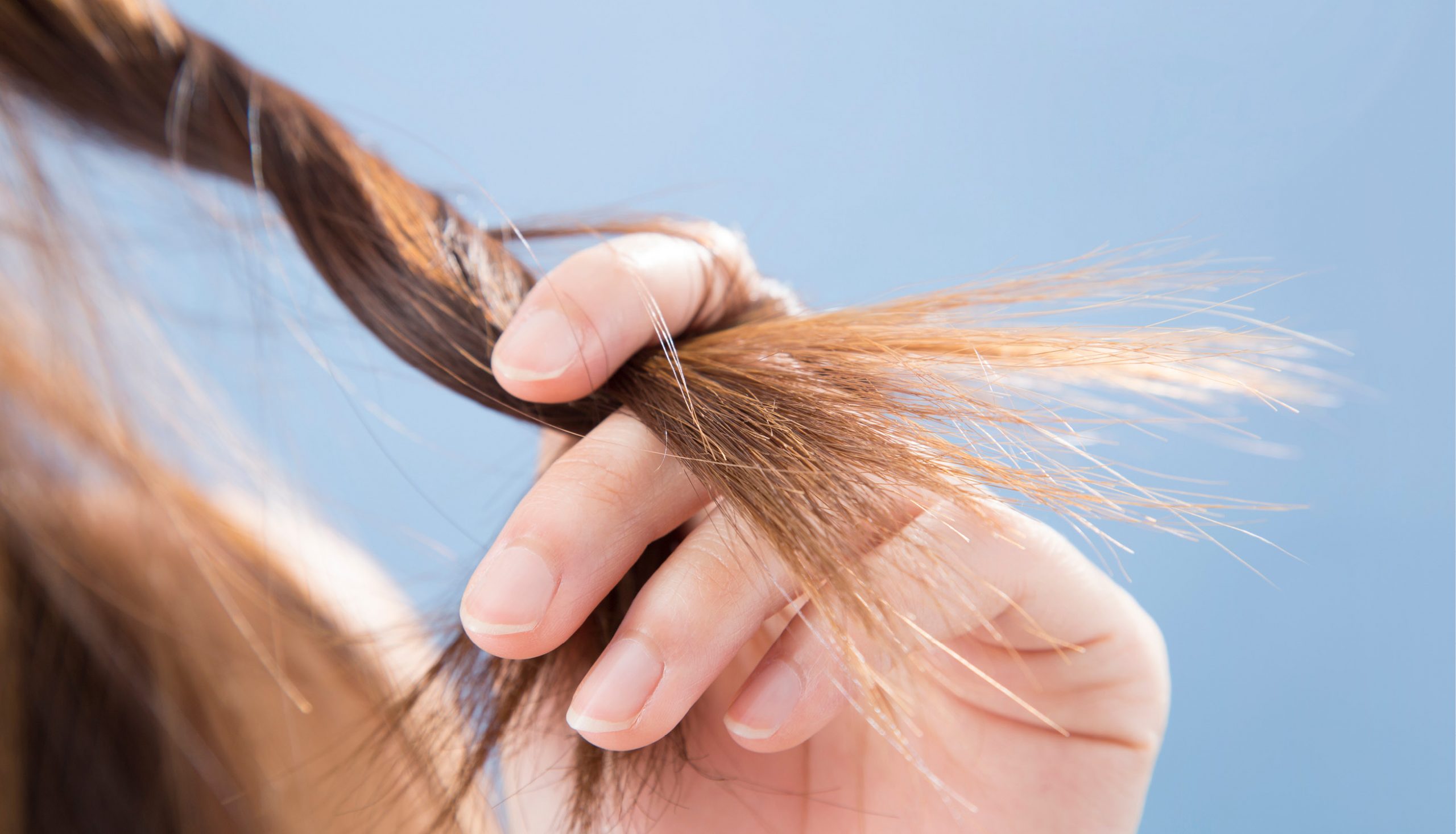In recent years, consumers are more concerned about the composition of cosmetic products, including that of hygiene products. They are interested in the ingredients they use to wash their body and hair and want to promote natural formulas without putting aside the effectiveness of the products. Hair products are no exception to this new consumer trend : have an eco-friendly and natural hair routine.
There are products on the market today to readapt your hair routine and consumption by asking for water, plastic packaging and controversial ingredients. For manufacturers of hygiene products, it is a real daily challenge to offer formulas that meet the new requirements of these consumers and to go even further.
Adapt your routine to your hair type
The first to choose to adopt a natural and eco-friendly hair routine is to take an interest in your hair type in order to define your specific needs.
Knowing the structure of hair helps to understand why it is important to adopt a good hair routine.
The hair is composed of a protein which is called keratin at about 97%. It is the raw material of our hair, we also find it in our nails and in the skin. Keratin protects the hair from external aggressions and it is thanks to her that they are flexible and resistant. Hair is made up of several parts that need to be protected and treated:
- The root: invisible part made up of living cells that allow hair to grow.
- The hair fibre: visible part which is made up of 3 layers. The scales that allow the hair and give it shine, suppleness and elasticity. The middle layer or cortex that gives hair color. And finally, the marrow made up of cells without a nucleus, it plays no role in the vitality of the hair.
The part to take care of is the hair fiber and more precisely the cuticles. In fact, they are the first to be in contact with hair care.
Products for a natural and eco-friendly hair routine
Shampoo
The shampoo is the basis of the hair routine because it is essential to have clean hair so that the care applied afterwards is effective. In addition, the accumulation of sebum and impurities as well as styling products requires regular washing (about 1 to 2 washes per week maximum).
The first shampoo cleanses the hair fiber in depth, and it can be combined with a second shampoo. In effect, this shampoo is “treating” and adapted to the specific needs of the hair or the scalp. For examples: anti-dandruff, sebum-regulating, etc.
For a shampoo to fit into an eco-friendly hair routine, we can look at its water consumption. The products can themselves be formulated from eco-responsible water consumption by the manufacturers. For example, it can be use recycled water in their formulations or by offering shampoos in the form of powder or tablets to be dissolved.
Dry shampoo an essential alternative in a natural hair routine:
Dry shampoo is a good alternative to frequent hair washing. Practical when traveling, it is used without water, does not require rinsing, but good styling. Ideal for purifying hair between two shampoos and prolonging the life of blow-drying, it absorbs sebum and impurities and fights oily roots.
Rinse-off hair care
The less concentrated conditioner than a mask allows express detangling thanks to its moisturizing and softening properties. The mask will hydrate, repair and nourish the fiber in depth. It is applied to damp and towel-dried hair after shampooing. It is important to distribute it well over all the ends and lengths.
Today there are eco-friendly masks formulated in powder form, the best known are those based on clay. The advantage is multiple, natural product without synthetic ingredient for our hair and for the environment.
Leave-in hair care
- Styling
In the form of styling wax, lacquer, spray or gel, there is now a very complete range of styling products to obtain volume, texture or fix a hairstyle.
In the range of styling products, there are also natural and eco-friendly powder alternatives. Beyond the water-free and eco-friendly formulation, the styling powders are very light, invisible and allow you to obtain a more natural effect by giving structure to the hair.
- Finishing
In the latest trends in hair products, we see appearing on the shelves of products to camouflage the root effect linked to hair regrowth and to touch up bald areas.
To prolong the effect of hair coloring and reduce the root effect, there are preparations in the form of sprays, foam or liquid to be applied with a brush. Thank’s to process, it can be to extend the time between two colorings. They are often unnatural, with propellant gas and a cardboard effect on the hair. The natural and eco-responsible alternative is root cover-up powder. The powders available in different shades pigment the root of the scalp, and give it a uniform and homogeneous color. They are applied with the help of a brush or a brush on the roots of the hair. The application of the powder remains ephemeral, it must be renewed every day and rinsed with shampoo. This type of product can also fill in and redefine sparse areas.
Natural coloring
For professional hairdressers, it is also possible to adopt a natural and eco-friendly hair routine thanks to vegetable colorings such as henna.
This new way of coloring your hair, increasingly popular with consumers, is evolving. Today there is a wide variety of shades, vegetable or mineral coloring is the subject of a know-how that is better and better mastered by professionals and more and more offered in salons.
Plant colors are also available in DIY. Designed as complete treatments for the hair and scalp, these colors are both sublimating, fortifying and sheathing. The limit to this practice remains the exposure time which is often longer depending on the desired intensity.
